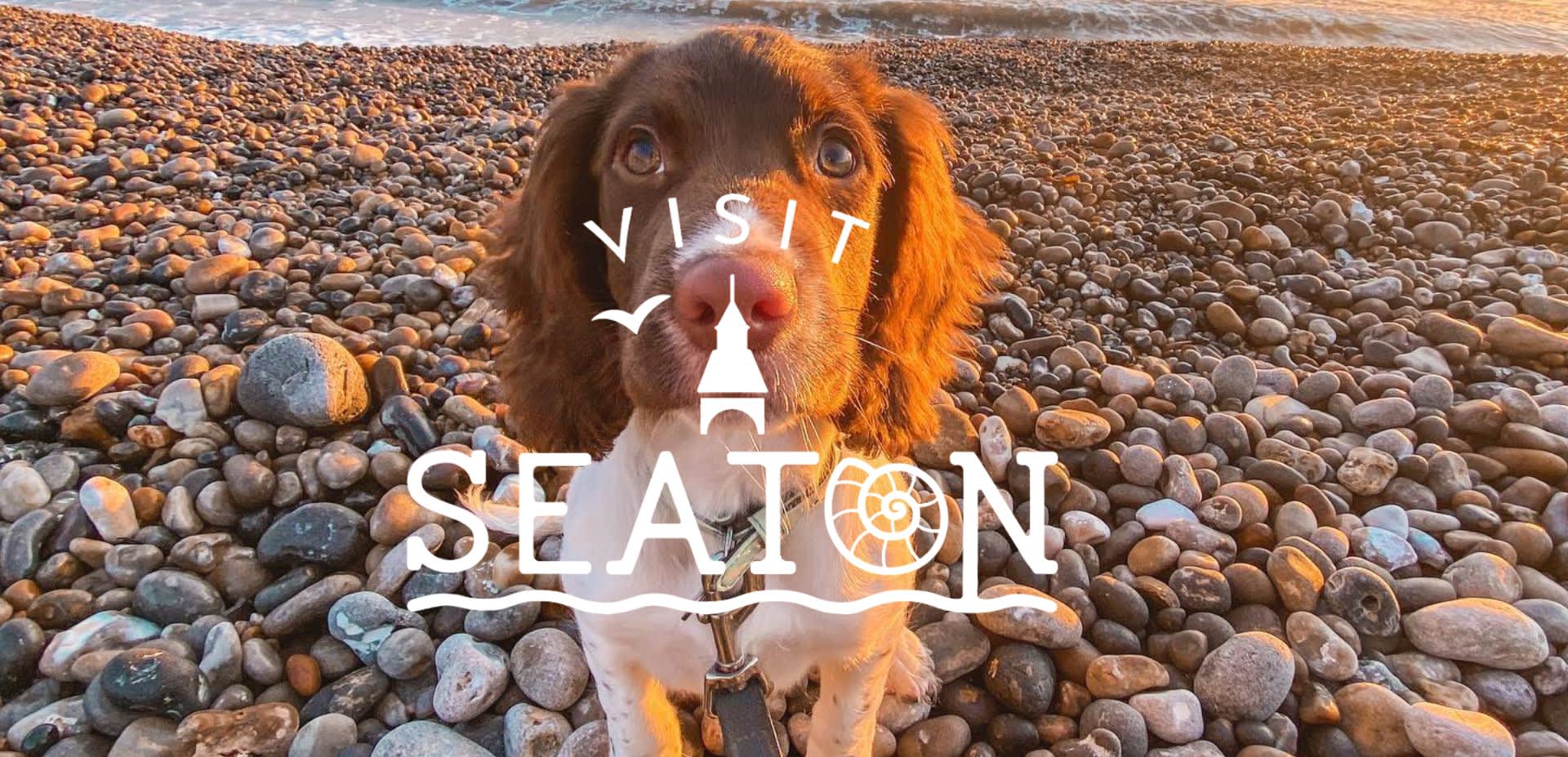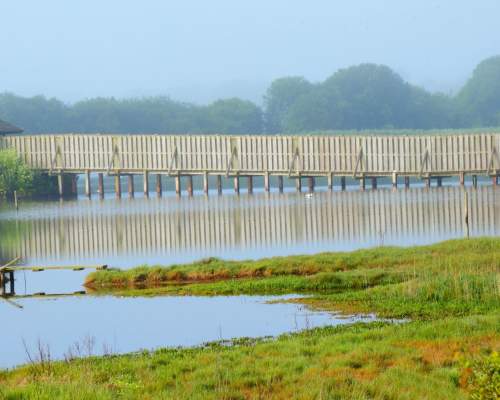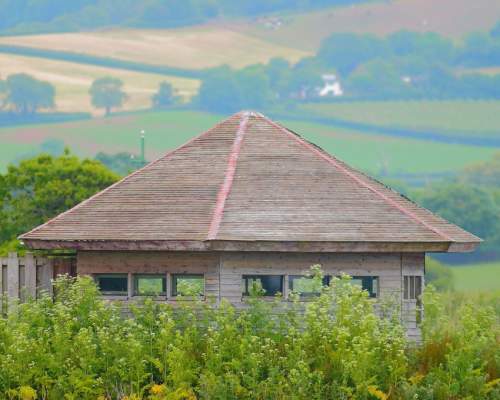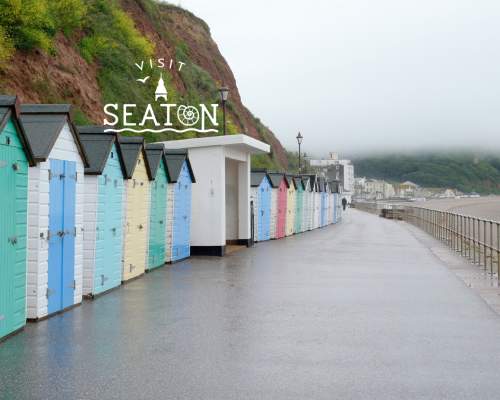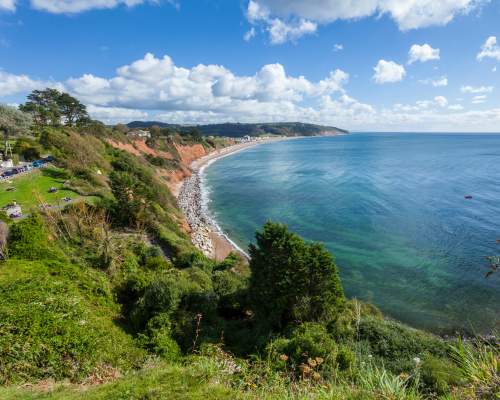Seaton's History & Heritage
As you might expect for a town located along the Jurassic Coast, Seaton has a rich and varied history. The Jurassic Coast itself represents 185 million years worth of history and from Seaton, you can easily see some of the youngest parts of the coastline. They might be the younger cliff faces, but they’ve still been there for over 90 million years! There’s a lot more to Seaton’s history than just the Jurassic Coast though…
Ancient history in Seaton
Records show that Seaton was an inhabited town as far back as 6000 years ago. There is still evidence of Iron Age forts to be found, particularly at places like Blackbury Camp and proof that the region was a significant Roman settlement. The town is also believed to have been the landing place of several peoples who took part in the Battle of Brunanburh in 937AD.
Initially, Seaton went by another name – it was founded as the town of Fleet by the Saxons in 1005 and it was by this name that it is referred to in the Domesday Book, however by 1146, the name had officially changed to Seaton and was recorded as such for the first time in a Papal Bull issued by Pope Eugenius III.
At this time, salt was the town’s biggest export and had been harvested from the tidal estuary as far back as records go. In the 1660s, parts of the town were renovated to protect these salt marshes from flooding, which increased the town’s productivity and attracted a lot of wealthy landowners to the region. One in particular, John Willoughby, lived in the Manor House, which you can still see on Fore Street.
Seaton’s royal connections
It isn’t just the nearby town of Sidmouth that has welcomed royal guests – Seaton has too! At one time, the whole town belonged to the Priory of Horton and later became part of the lands owned by Sherborne Abbey. After the dissolution of the monasteries, the land was surrendered to the crown and formed part of the dowry paid to Catherine Parr, the 6th wife of Henry VIII. Now under the ownership of the Tudors, Henry himself visited Seaton to supervise the construction of a fort which was located on the seafront. In later years, during the Napoleonic Wars, the fort would be replaced by a Martello Tower, which in turn was demolished to make way for the Esplanade which remains in the town today.
Providing family fun since the Victorian era
Like much of East Devon, Seaton’s popularity as a seaside resort really began during the Victorian era, mostly thanks to the installation of a railway in 1868. Seaton was on the mainline running from London Waterloo into the south and you can still travel part of the line by visiting Seaton Tramway.
Many of the elegant seafront buildings have overlooked the beach since this era and while Seaton’s other industries dwindled, tourism increased, especially during the 1930s when large holiday camps began to spring up, offering even more for holidaying families. During WWII, these camps were used as internment camps and like many places across Devon, American troops made Seaton their home in the later years of the war.
At one time, it was thought that Seaton was at a high risk of invasion and much of the beach was sacrificed for defensive measures, including tank traps, pill boxes, searchlights and gun emplacements. The hexagonal base for the gun emplacement can still be seen from the cliffs above West Walk. A stop line was also created as a last form of defence against a sea invasion and you can still travel along this line as it is now part of the Stop Line Way – a long distance cycling route which takes you through Seaton and into some of the neighbouring towns.
Learn more about Seaton’s history
You can discover more about the history of Seaton by visiting the Seaton Labyrinth and Geological timeline which was created to celebrate the 1000th anniversary of the town’s founding. The labyrinth reveals over 185 million years of evolution, giving you a great place to start your journey of discovery.
To learn more about Seaton’s heritage, make sure to visit the Seaton Museum.
See more Seaton
Read our blog
Visit Seaton’s most popular attraction this summer
- 2 minute read
If you’re in or around Seaton this summer, you’re in luck, not only do you have the incredible Jurassic Coast to explore, the beach to visit and a host of wonderful attractions, but you also have one of the most popular sites in the region right on the doorstep! Over the Easter holidays, a record…
Learn MoreReasons to visit Seaton this spring
- 2 minute read
We’re biased and think everyone should spend their time in East Devon this spring, but if you need some inspiration, here are our top reasons to visit Seaton this spring. The beach Seaton’s seafront and esplanade is one of the main draws to the town, there is a row of delightful beach huts and as…
Learn MoreEmbracing Rainy Days in Seaton
- 2 minute read
While Seaton is known for its sun-kissed shores and vibrant outdoor activities, rainy days present a unique opportunity to explore the town's indoor attractions and engage in activities that celebrate culture, relaxation, and creativity. From museums that offer glimpses into history to cosy cafes…
Learn MoreGreat walking routes for seeing the changing seasons
- 4 minute read
If you want to get a real taste of spring while visiting Seaton over the next few months, here are our suggestions for great spring walking routes. Please be aware that these are all moderate to challenging walks, you can find alternative walks here. Route 1 Seaton to Lyme Regis This route is quite…
Learn MoreReasons to visit Seaton this spring
- 3 minute read
With a lovely pebble beach and iconic scenery thanks to being along the Jurassic Coast, Seaton is a charming place to visit all year around, but here are our top reasons for visiting this Spring. The beach and esplanade We don’t know about you, but there are fewer things in life more pleasant…
Learn More

